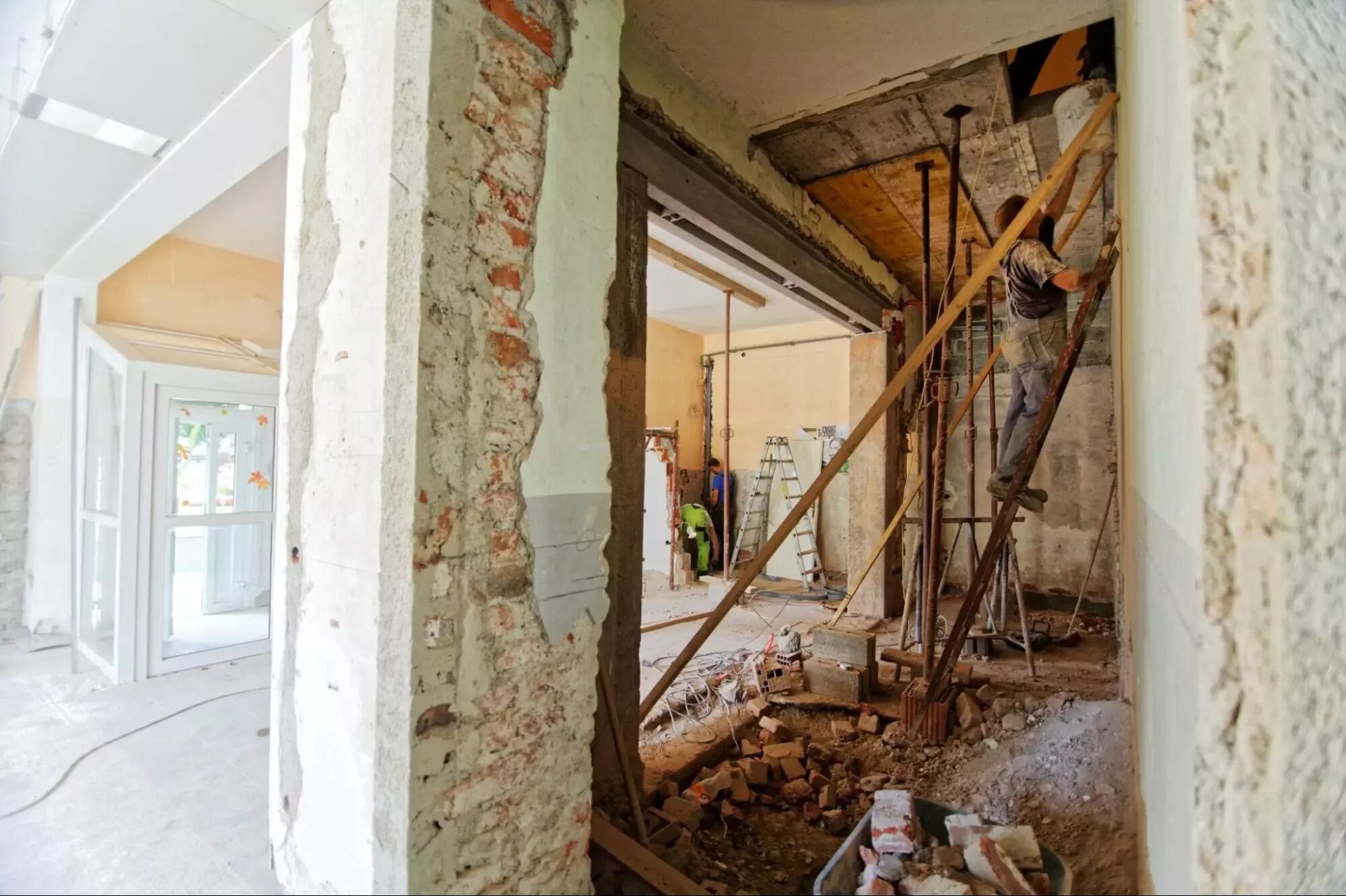Key actions to take towards a resolution
The building or renovating of a home can be both fulfilling and extremely stressful. It doesn’t help that things don’t always go according to plan.
Perhaps the work on your new home is delayed, there are faults in the work, or some other problems may come up. It helps to know that there are such people as construction dispute lawyers who have your back when issues arise.
A building dispute lawyer helps a range of people
It’s not just consumers who need to be protected by hiring a building dispute lawyer at times. Builders may be involved in a project which they complete, only to find that final payment is being withheld for some reason.
At P&B Law, our construction dispute lawyers can find solutions for you when you are involved in a building dispute. Whether you are a consumer or a builder, or anyone in between, we can help stand up for your rights and find equitable answers to resolve the situation.
Can I raise a domestic building dispute claim?
Anyone involved in a building contract has a right to raise a domestic building dispute claim.
This may include homeowners, builders, architects, even subcontractors, surveyors, engineers, and draftspersons.
No matter how you are associated with a building dispute, you should get in contact with a building dispute lawyer from P&B Law before the situation escalates.
A building dispute can be a frustrating experience that puts a strain on you emotionally and financially, so whether you are a builder or a homeowner, or someone else involved in the process of construction, do ask a building dispute lawyer for advice as soon as possible.
5 steps you should follow for resolving a building dispute
If you find yourself involved in a building dispute, the best course of action is to seek legal advice from one of our construction dispute lawyers. This is the process they will take you through to resolve the dispute.
1) Bring up the issue
Whenever there is a contractual dispute, the first step is communication with the other party in the contract. Document these incidents whenever you speak with them, noting down the date and time of the conversation.
All kinds of documentation could help your case, including photos of the faulty item in question. Also keep copies of other documentation like invoices, contracts, emails, and letters. Your building dispute lawyer will know what to do with these crucial bits of information later.
2) Put it in writing
When it comes to legal matters, there’s no substitute for putting things in writing, as your building dispute lawyer will tell you. When discussions fail with the other party, it’s time to send a formal letter or email to them, highlighting the issue and asking for an answer. Always send postal correspondence via registered post.
Construction dispute lawyers may also advise you to set up a particular timeframe in your letter. This is the time by which you expect them to respond, which is normally two to four weeks. This action proves that you have done all you can to try to resolve the matter yourself, before seeking more serious interventions.
3) Get the DBDRV involved
The Domestic Building Dispute Resolution Victoria (DBDRV) is a government-backed organisation that exists to sort out building disputes between consumers and builders.
The DBDRV works for conciliation between homeowners and builders on issues relating to all facets of building and preparing a home for habitation. Construction dispute lawyers are on good terms with the DBDRV and can help you when you go to contact them to get the best results.
You’ll need to be able to demonstrate that you’ve tried to solve the building dispute yourself before they will consider helping you. There is an online application process, which results in a Dispute Resolution Officer looking over your case and deciding if conciliation with the DBDRV is appropriate.
4) Possible outcomes from the DBDRV
Construction dispute lawyers have helped clients face the DBDRV many times before, and they can remind you to take all your documentation to the appointment, helping you figure out what is relevant.
There are three possible outcomes from the DBDRV conciliation. The first is an agreement, whereby each party agrees to conduct certain actions by mutually beneficial dates, and this is documented.
In the case that there is no agreement, the Dispute Resolution Officer may enforce a binding order on one or both people present.
In another instance where there is no resolution, a certificate of conciliation may be issued, which allows the parties to apply to the Victorian Civil and Administrative Tribunal (VCAT).
5) Apply to VCAT
While you could have conducted any of the previous steps without legal representation, at this point you really need help from construction dispute lawyers. There may be legal proceedings necessary before the VCAT application can occur.
First off, there will be mediation or a compulsory conference. If that doesn’t resolve the issue, the dispute will be heard at the Tribunal. Bear in mind that State courts can enforce rulings made by VCAT.
Get the best help with building disputes from P&B Law
Our lawyers are highly experienced and know all the ins and outs of
the law regarding building disputes, so whether you are a homeowner or a
builder, get in contact with us for trusted advice.
